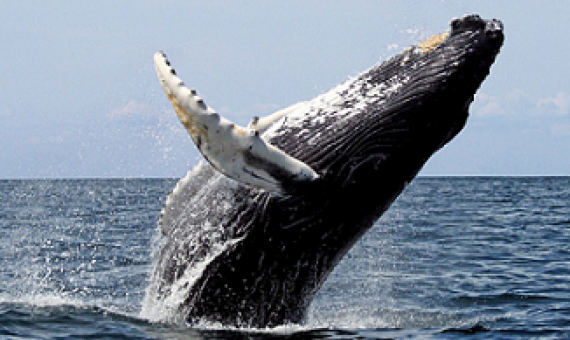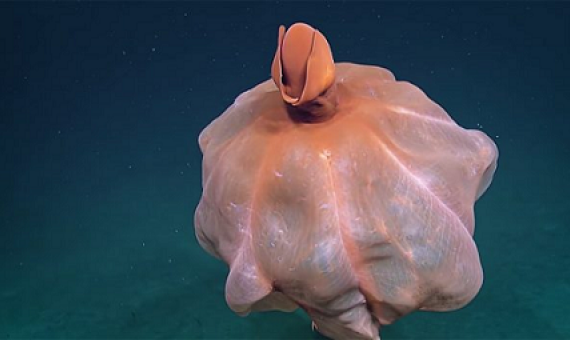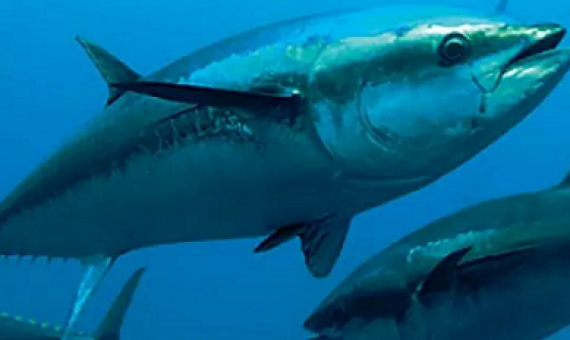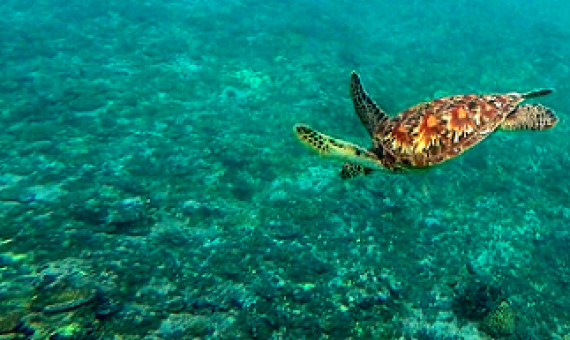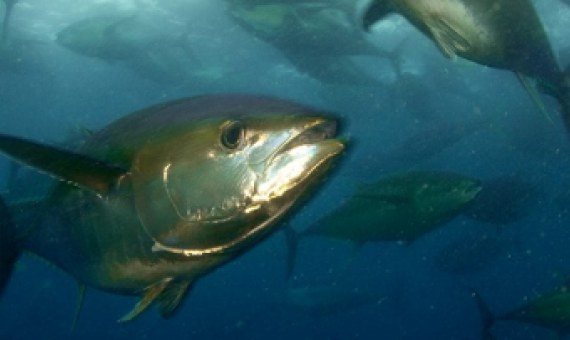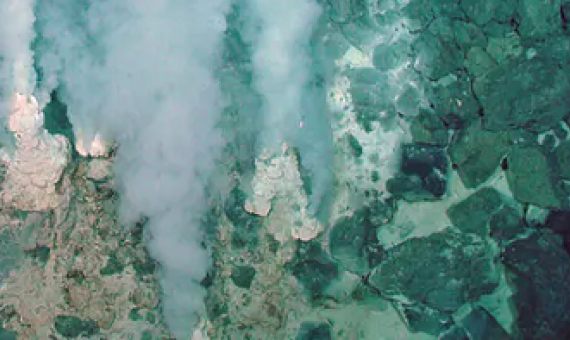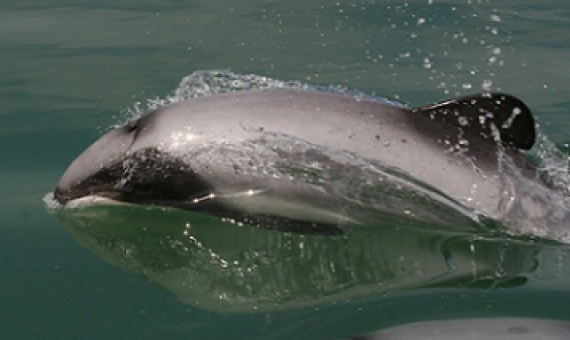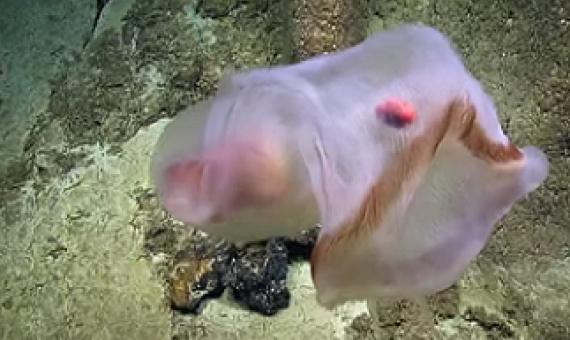On today’s episode of the Mongabay Newscast, we speak with Jim Darling, a marine biologist who is here to play us some recordings of remarkably similar humpback whale songs from around the world.
A rarely-seen, deep-sea octopus put on a stunning show for researchers exploring portions of the Pacific Remote Islands Marine National Monument.
Media personnel in Papua New Guinea now have a better understanding of the significance and value of tuna fisheries after three days of a fisheries-related media workshop...The workshop was an initiative between the Pacific Islands Forum Fisheries Agency (FFA), under the Pacific European Union Ma
Life under the sea is at risk. International targets for protecting biodiversity appear to be out of reach. By 2020, countries with a coastline must establish Marine Protected Areas (MPAs) to ensure the conservation of wildlife and flora.
While Marine Protected Areas (MPAs) have been proven to protect certain spawning habitats and nurseries, their effectiveness for migratory species has been hard to gauge.
Scientists have explored less than one per cent of the deep sea. We know neither the extent of the habitats targeted by mining nor how the ecosystems will respond to it.
A series of full page advertisements in the Dominion Post by Seafood NZ is suggestive of an industry throwing its weight and money behind a ‘lip service’ campaign to reassure the public of a sustainable industry.
Almost 790 meters below the surface, the Ocean Exploration Trust expedition recorded the unusual discovery on YouTube and other social networks on video.
How MPAs Safeguard the High Seas
The high seas begin 200 nautical miles from coastal shores, beyond the jurisdiction of any country. Their vast expanse and distance from shore pose challenges for exploration and knowledge gathering. However, scientific expeditions in recent years have revealed that these areas, which make up nearly two-thirds of the world’s ocean, harbor an incredible array of species that provide essential services for life on Earth.
Bot Meets Whale: Best Practices for Mitigating Negative Interactions Between Marine Mammals and MicroROVs
Low-cost, portable, observation-class, underwater remotely operated vehicles (microROVs), which can be transported and operated by a single user, are increasingly common tools in scientific, industrial, commercial, and recreational ocean application. Over the last decade, the use of microROVs has boomed;...This surge in the availability of microROVs also presents several new challenges to marine species. As more robots enter the water, often in the hands of inexperienced recreational users, there is increased potential for detrimental human/marine mammal interactions.

